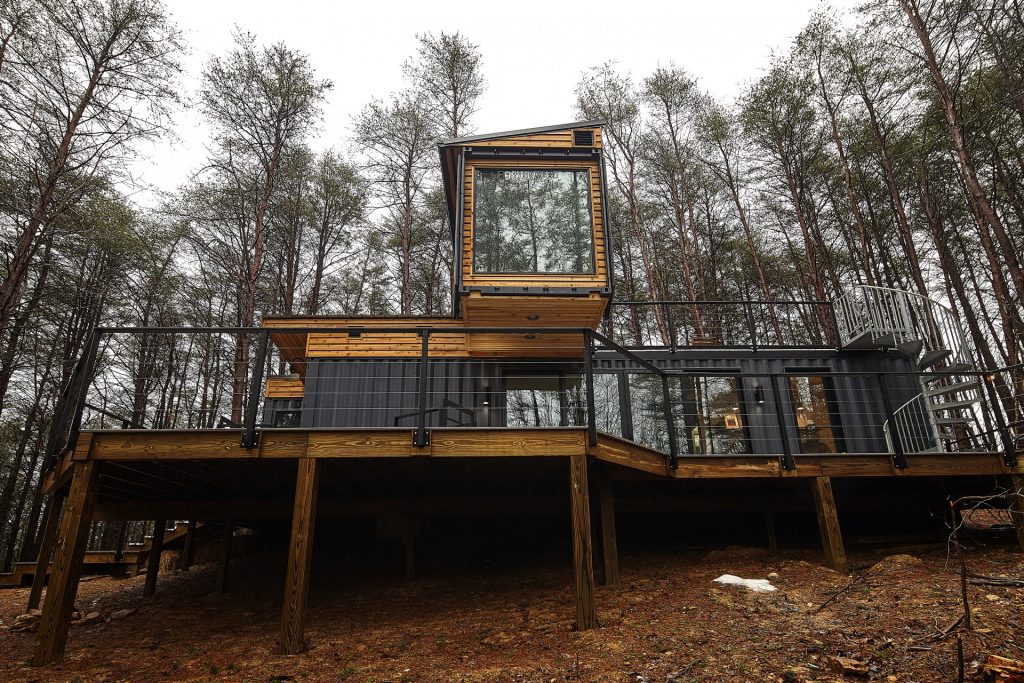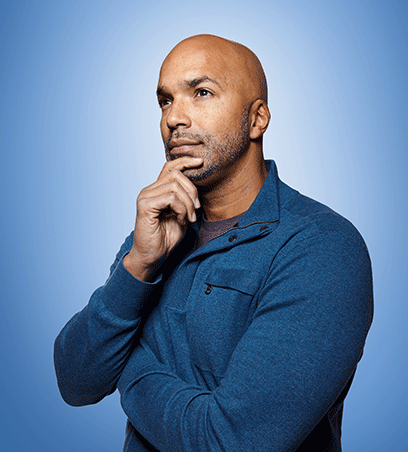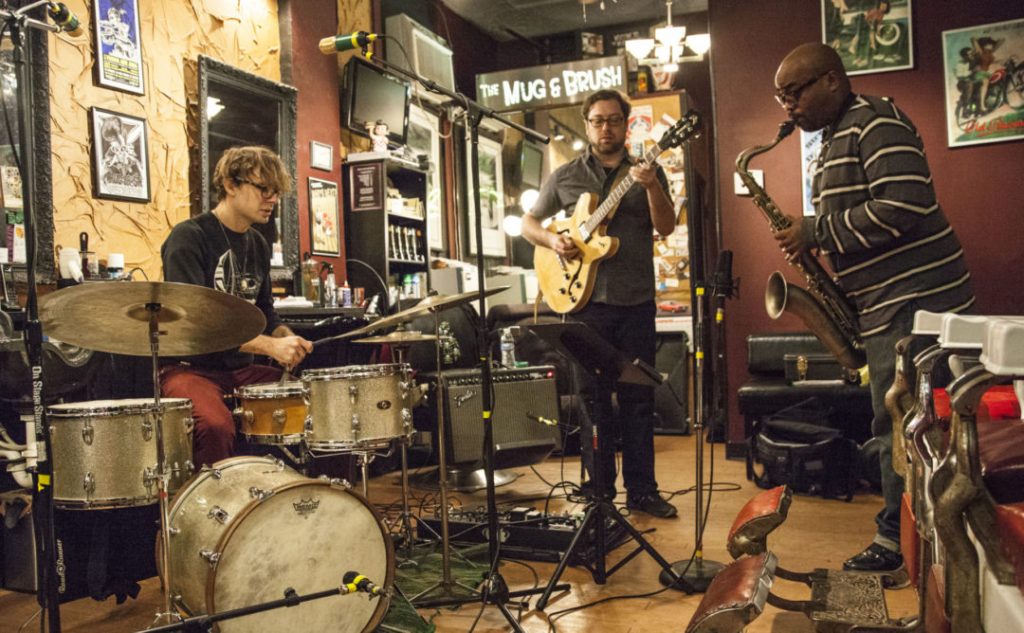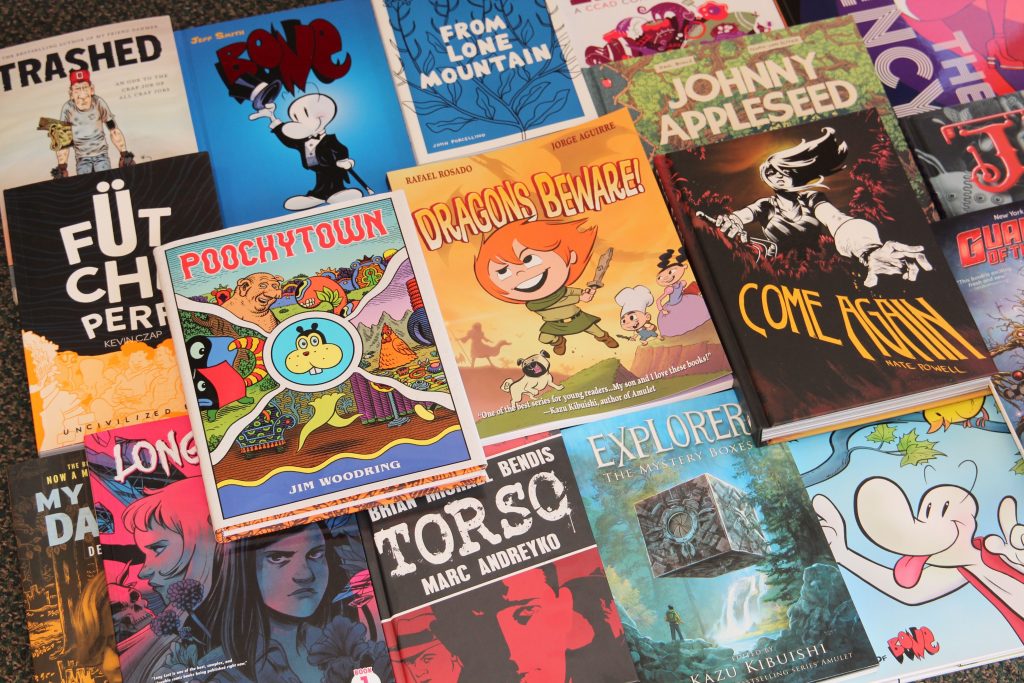Originally published in the September 2019 issue of (614) Magazine

Neighborhoods are defined by more than just houses and their history. But aging architecture often creates community as homeowners share struggles and success, collectively trying to preserve the past and embrace the future.
Few Columbus enclaves are as eclectic or iconic as the Short North. Flanking an ever-evolving commercial corridor and heart of the local arts scene for decades are two distinct neighbors that seek the perfect balance between renovation and innovation —Victorian Village and Italian Village. Celebrating this convergence is the Short North Tour of Homes & Gardens, an annual affair now marking its 45th year. Most tours of this type tend to favor early summer to beat the heat and ensure everything is in full bloom. But the neighborhood that’s never afraid to start a new trend showcases their homes in early fall instead, offering a slightly different lens on faithful restoration that combines classic and contemporary.
Décor is a reflection of personality, but design often requires additional instincts and insights. Architecture isn’t for amateurs. That’s when Steven Hurtt gets involved. The principle partner of Urban Order happens to have had a hand in half of the homes on this year’s tour.
“The first step in the process is to ask clients what they’re looking for—like a larger kitchen or a mud room—amenities that don’t exist in these older homes,” Hurtt explained. “We live differently now than when many of these homes were built.”
Much of American history and popular cultural is chronicled through hints found in home design. From ordinary to ornate, simple to sophisticated, the bones of any house offer clues to changing dynamics and demographics. Living spaces were formal or informal with little overlap. The average family size increased and decreased over time. Kitchens were for cooking, not eating. Hardly anyone had a closet, much less one you could walk in.
“Our clients want the charm of an older home, but they also want a larger bathroom or a master suite,” he noted. “How do you reconfigure existing space or add on to accommodate more modern living?”
Consistency is frequently the demarcation from one neighborhood to the next. Even empty lots that are occupied decades after adjacent homes were built tend adhere to the architectural elements of the era. But the Short North has always blurred the line of old and new, and the Tour of Homes & Gardens attempts to capture that range of styles found in the streets that surrounding it. The mix of homes on this year’s tour is no exception, a snapshot of the Short North itself.
“One of the homes on the tour, by adding just a little one-story piece, we were able to create a back porch, a powder room, and a rear entrance with a mud room,” Hurtt explained. “That gets all of those things out of space of the existing house so we could make a bigger kitchen.”
A living level laundry hardly seem like a luxury request, but running power and plumbing to an unused alcove isn’t always uneventful. Renovations may require removing layers of earlier modifications that lacked necessary foresight just to get down to a clean slate. Some early architectural elements seem like anachronisms, but may still serve a more modern purpose. Hurtt conceded eliminating a butler’s pantry is often the best option to expand an existing kitchen into a more spacious entertaining area. But he has also introduced them into new kitchens as prep or clean up space for those who prefer to reserve the kitchen proper for guests without the obvious mess.
Additional homes on the tour Urban Order helped to improve include a warehouse conversion to an open floor plan, two extensive interior reconfigurations within the existing footprint, and a new build for a couple who has lived in the neighborhood for years and loved it so much they couldn’t imagine moving to start construction anywhere else.
“Reconfiguring existing space only goes so far,” he admitted. “We do a lot of additions, and work with the Victorian Village Commission and the Italian Village Commission to maintain the integrity of the existing architecture. Any alterations need to be sensitive to that.”
Preservation isn’t just practical; it has to be integral. Not all neighborhoods have such restrictions, but those that do tend to hold their value. Even if it adds to the cost or complexity, these efforts to preserve what would otherwise be easily lost pay off when homes sell, or in hindsight as homeowners appreciate the extra effort once the project is complete. The dramatic contrast between Queen Anne and quaint cottage also highlights the extremes found within just a few blocks and perhaps offsets the less tempered pace of change along High Street, a retail upheaval many long-time residents fear is increasingly pushing local businesses out.
“We’ve been doing this for so long, we can anticipate the kind of response we’re likely to get from the architectural review. It might not make sense to move every wall,” Hurtt revealed. “We have clients who come to us with ideas that may prove problematic, but we can offer options they may not have considered to achieve the same goals while still respecting the charm of their homes and the character of the neighborhood.” ▩
The Short North Tour of Homes & Gardens is September 15. For details, visit shortnorthcivic.org/home-tour








